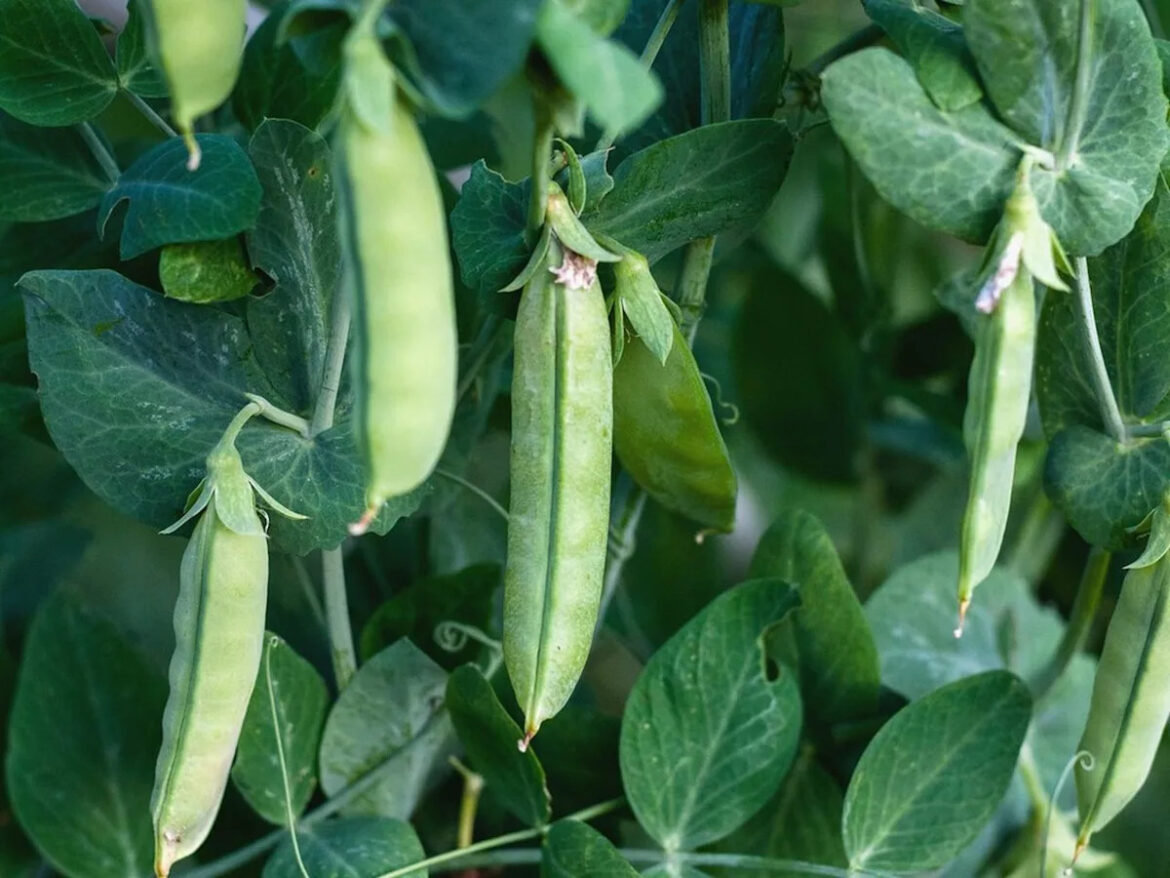Q: We understand the benefits of crop rotation but the tiny size of our veggie patches, coupled with our preference for certain types of peas and beans, preclude the rotation. Are there nutritional supplements we might add to the soil? For example, we love snow peas and beans, and have just enough room for both. What might we use to augment the nutrition in the gardens, depleted through last year’s crops?
As a matter of interest, we have had great success over the years using window boxes for lettuce and spinach. The boxes sit on the railing around our deck, which makes it highly convenient for fresh salads. Out the door to the deck, snip, snip, and fresh salad is available. We’ve found we get two crops from the initial seeding and earth fill, then two more when we replace the earth and reseed in early summer.
Incidentally, the deck placement prevents the neighbourhood rabbits from feasting on our lettuce, although we notice some songbirds are occasionally attracted for a brief green snack.
A: One of the things I enjoy about writing this column is being able to communicate with gardeners. I am always glad to pass along what works for other gardeners. Your email is a good example in reference to growing the lettuce on your deck. I am always extolling the virtues of container vegetable gardening for anyone who has space issues or who just wants to have a handy source of lettuce greens. My dad grew lettuce greens right next to his back door and enjoyed being able to harvest them even on a rainy day. I now grow all of my lettuce in containers close to the house. Convenience is not the only reason. By growing in containers I free up valuable space in my garden for other vegetables that need the space to perform at their best.
As for your question on soil nutrients, the peas and beans you grow are both legumes. These plants work together with bacteria in the soil to actually improve soil fertility by adding nitrogen. Together, the plants and bacteria fix nitrogen from the air, making it available in the soil. That takes care of the nitrogen, but there are other nutrients that may need to be replaced. Compost is the best solution for improving soil fertility. Compost can even help with replacing micronutrients. I would add a generous portion of compost every spring before planting. Work it into the soil and I also like to use compost as a mulch on top of the soil. A 5-centimetre-deep layer of compost will produce compost tea every time you water. This tea will filter down to the roots, providing even more nutrients.
Every week, Growing Things Outdoors runs online at edmontonjournal.com or, if you prefer an epaper format, epaper.edmontonjournal.com
Learn more by emailing your questions to filipskigerald@gmail.com, reading past columns or my book Just Ask Jerry. You can also follow me on X (Twitter) @justaskjerry01.


Comments are closed.